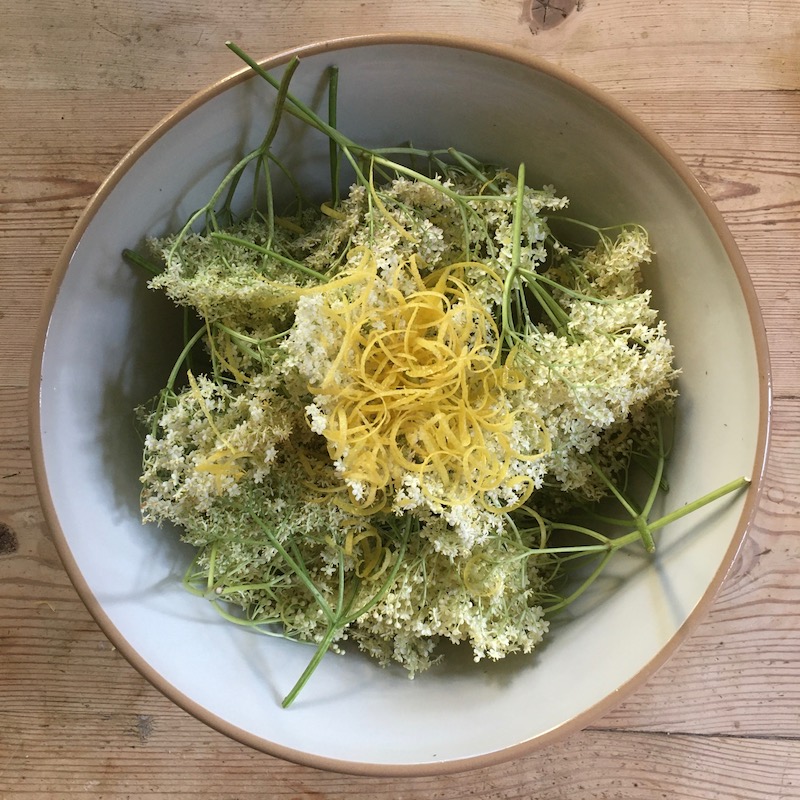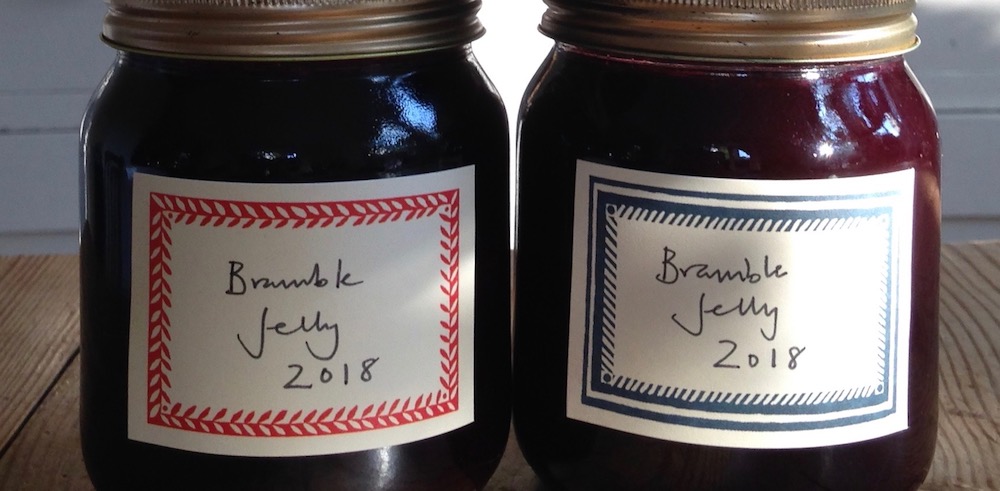26 May Bounteous Weeds

Week nine of the pandemic restrictions, and everything is beginning to feel just a little frayed. Perhaps because the start coincided so exactly with the beginning of spring, there has been an enchanted quality to the lockdown here in Cambridge. Now as the lockdown begins to ease a little, the enchantment is lifting too. The fresh, translucent green of the new leaves has darkened, the exuberance of the dawn chorus has calmed down, the cow parsley is nearly over and the cows who wandered fetchingly through it are now often to be found lying in the deep shade under trees, looking uncomfortably hot. There is traffic is back on the roads. Just a little; but enough to break the spell of utter peace that has reigned for the last two months. Spring is nearly over, and summer is arriving. A summer, moreover, for which some us are ill-prepared, since eight weeks of continuous proximity to the fridge mean that last year’s summer clothes, retrieved from the attic, are strangely binding and uncomfortable, while new ones are not available.

In case anyone is confused by the casual mention of cows, we should explain that Cambridge city centre is surprisingly rich in cows. One of Cambridge’s most attractive features is the pockets of common land sprinkled right through the town upon which you have the right to graze your livestock, should you happen to have any, and it seems many people do. At the moment there are small herds of cattle on Coe Fen, Sheep’s Green, Laundress Green, Midsummer Common and Stourbridge Common. Only the rather spectacular white longhorn cows that are usually to be seen on the meadow behind King’s College are missing.

The idiosyncratic names of the commons give you a clue to how very old these grazing rights are. This unusual and endearing proximity of livestock must have been perfectly ordinary once. Nowadays the production of food is more often out of sight and out of mind: a magical conjuring trick that allows us to eat anything we want, whenever we want it, as long as we can pay for it. But the pestilence has put our global economy of plenty under strain, and supply chains have become more visible. The government encourages us that it is our patriotic duty to eat more strawberries, lest the crop spoil. (We’re lucky there: in Belgium there is an imperative to eat more potatoes.) It’s made us nostalgic for our childhoods, before the availability of everything. We have lost as well as gained by this extraordinary plenty, the ironing out of scarcity and glut. We have lost the texture of the revolving year, which was measured by the foods which are suddenly, briefly, available, and just as suddenly vanish. And we do not truly appreciate what we take for granted.

Some foods, however, are not a commercial proposition, and the couple of weeks when spring turns to summer are the moment for one of them. Right now the elder is in flower, and therefore the time for making elderflower cordial is here. Real elderflower cordial bears almost no relation to the commercially available elderflower drinks one can buy, which have a slightly harsh, metallic taste. The cordial does not keep well, but it doesn’t need to, because the three months or so it does keep for precisely correspond to the height of summer when its intense sweet refreshingness are just what you need. We’ve never known it actually go off, because however much you make, it’s all gone long before that happens: and it’s all the more precious because once it is gone it is impossible to make or obtain more until next year. Elderflower cordial is simplicity itself to make, but just in case you don’t know how, here is the recipe we use.
Elder is one of those weeds, like brambles and nettles, that seem to occur chiefly where humans have disrupted the land in some way: if you knock down a building or abandon a field, these plants are among the first colonisers. Interestingly, all three plants are edible. Anyway, if in doubt about where to find elder, look at the margins of a playground or car park, at the side of a road or in a hedgerow, or at the neglected far end of a garden. The sides of roads are particularly full of elder — and this year one need have no anxiety about picking it there, since there has been so little traffic.

To Make Elderflower Cordial
Gather about 25 elder flower heads. Gently shake off the insects. Place the flower heads in a large bowl.

Add the zest of two lemons. At this point the heady perfume of the elderflowers and the tang of the lemon will be pretty overwhelming and also the bowl of flowers looks completely charming.

You now ruin it by pouring over enough boiling water to just cover everything. Instantly it all begins to turn brown: feeling like a murderer, cover the ugly sight with a clean tea towel and leave to stand overnight. In the morning a disgusting swampy mess confronts you. Don’t despair: it’s supposed to look like this.

Strain the liquid through a nylon sieve, the sort with a fine mesh that you use to sift flour, and keep it. (It sounds more romantic to say ‘strain through muslin’, and you can if you want to, but a sieve is a lot less bother. But of course a jelly bag also works, or in extremis, a clean tea towel.) Throw away all the soggy brown flowers.
Measure the liquid and put it in a large saucepan. For every 500 mls of liquid, add 350 grams of granulated sugar and 50 mls of freshly-squeezed lemon juice. (On average this creates around 1500 mls of liquid, for which you will need just over a kilo of sugar, and three or four lemons.)
On a very low heat, stir until all the sugar is dissolved, then bring up to a simmer for a minute or two. Remove from the heat.
Strain the liquid though a nylon sieve again and decant into clean dry bottles. Once cool, label the bottles.
The labelling is a big part of the pleasure of this process. We love the gloating over the serried ranks of bottles. Naturally we use Cambridge Imprint labels, and indeed this is one of the purposes for which we specifically designed them. If you need some you can find them in the Labels section in our Shop .
The labels are also useful for jam. In particular, the very best jam of all, which is bramble jelly — best because, like elderflower cordial, the real thing is not available in the shops, but only through the sweat of your own brow or the kindness of a friend. For us, the making of bramble jelly marks the start of autumn just as making elderflower marks the end of spring. We will share a very simple fool-proof recipe for that when September comes. As for the third weed I mentioned, nettles, I confess I never have made nettle soup, but I feel sure it must be good. If anyone has a reliable recipe, please do let us know.




